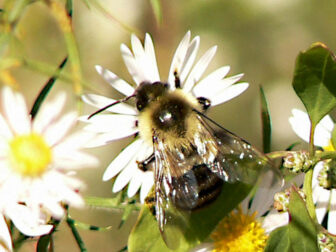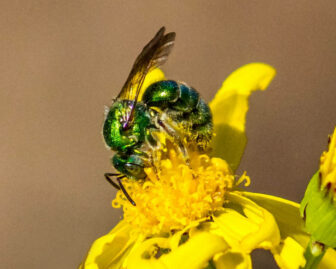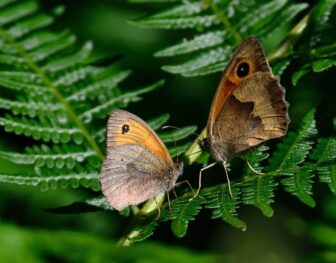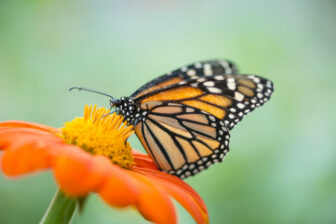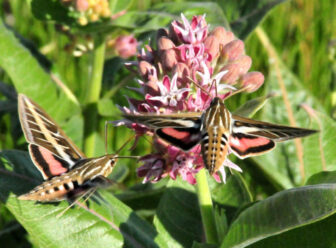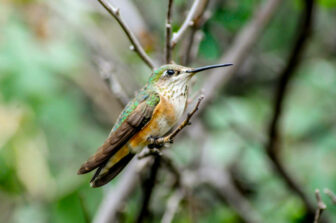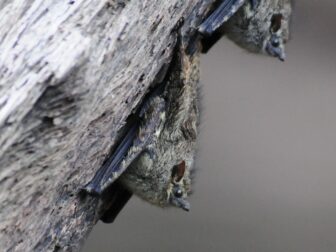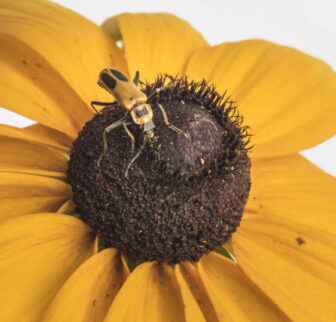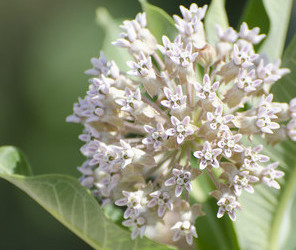Pollinator Party
In honor of Endangered Species Day, we’re inviting everyone we know to get outside and identify pollinators and native plants as part of our Pollinator Party on Saturday, May 22nd, 2021.
This is a great event for people of all ages, and you can participate whether you know a lot about pollinators or are just beginning to learn about them. Here are just a few reasons to join this exciting event:
- Spend time outside and connect with nature.
- Learn more about species in your local area and how to identify them.
- Celebrate pollinators, who are a beautiful and critical part of our ecosystems.
- Engage in Endangered Species Day in a way that’s fun and COVID-safe.
- Collect data that helps scientists and researchers learn more about wildlife.
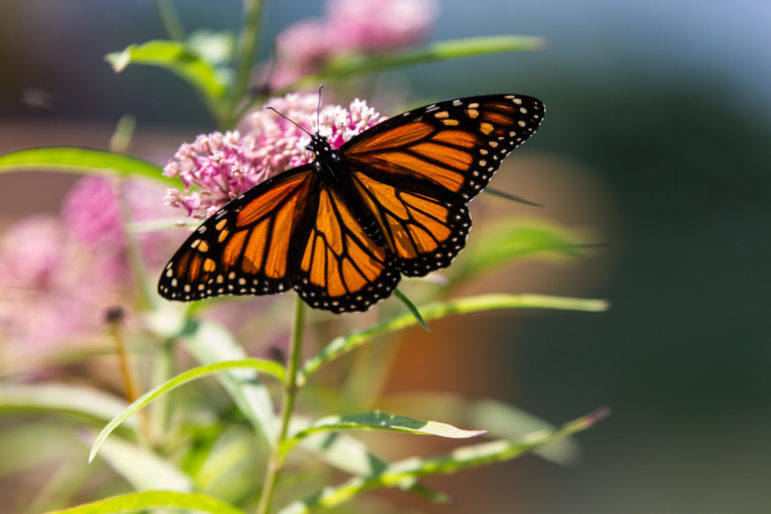
To participate in the Pollinator Party, you’ll need to download the iNaturalist app on a phone or tablet, join the Pollinator Party project on iNaturalist, and then get outside, go on a walk, or visit a local park to start identifying species. You can identify any plant, animal, or fungus species that you see – but we encourage you to make a special effort to find at least one pollinator species or native plant species!
Follow our step-by-step guide below to participate.
Step by Step Guide
If you already have an account, you’re ready to go. If not, visit iNaturalist.org/signup and fill out your information to create a new account. You must be 13 years or older to create your own account, so we recommend that children under 13 participate in Pollinator Party with a parent, guardian, or other adult, or that parents create accounts for minors using this process.
To use iNaturalist for the Pollinator Party, you’ll need to download the app on a phone, tablet, or other handheld device. iNaturalist is available for Android through Google Play, and for Apple through the App Store. Once you’ve downloaded the app, log in to your iNaturalist account that you created in the step before!
Once you’ve created an iNaturalist account and downloaded the app, you can join the Pollinator Party Project. Important note: you won’t be able to join the project unless you’re signed into your account.
You can join by clicking this link and then clicking “Join,” or you can find the project in the app using these steps:
- Open the app and click More in the bottom right-hand corner of your screen.
- Click Projects.
- Search for “Endangered Species Day: Pollinator Party.”
- Click Join.
On Saturday, May 22nd, get out and observe! You can look for species in your yard, garden, courtyard, or balcony, you can go on a walk in your neighborhood, or you could visit a park or green space. You could participate alone, with your family, or with other people in your household.
Feel free to identify any plant, animal, or fungus species as part of this event, but remember that we’re particularly encouraging you to look for pollinators. Some common pollinators you might see around you are bees, butterflies, moths, bats, and birds like hummingbirds, spiderhunters, and honeycreepers, along with many others. We also encourage you to look for native plants like wildflowers, shrubs, grasses, and trees that pollinators depend on for food.
Don’t worry if you don’t know what species are or aren’t pollinators or native plants. The iNaturalist app will help you identify what you see, and so this event is a great opportunity to learn!
Partners in the Pollinator Party
This event is hosted by the Endangered Species Coalition in partnership with Defenders of Wildlife, Friends of the San Juans, the Washington Native Bee Society, and DC Natives.
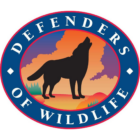

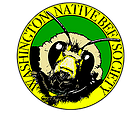
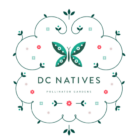
Resources
You can watch the videos below to learn more about how to use iNaturalist, or you can read a written guide to getting started with the app by clicking here.
Contact Sarah at [email protected] with questions.

